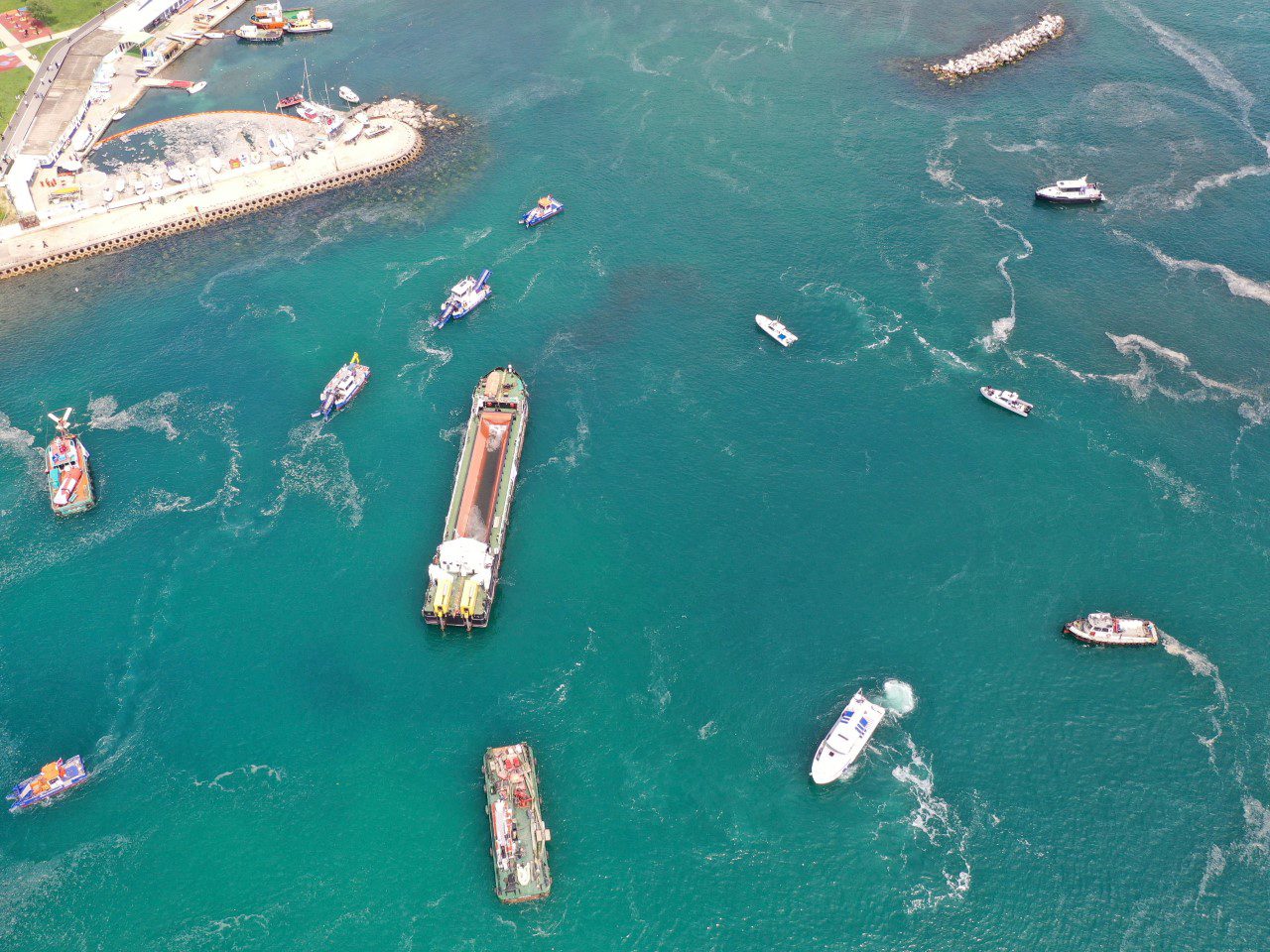Welcome to the captivating world of the Sea of Marmara, a picturesque body of water nestled between Europe and Asia. This unique and beautiful Sea holds a wealth of cultural, historical, and natural wonders, making it a must-visit destination for travelers seeking an extraordinary experience. This blog article will delve into the enchanting Sea, its surrounding areas, and its various attractions. Join us on a virtual journey as we uncover the hidden gems of this remarkable region.
Introduction
This Sea, also known as the Marmara or Marble Sea, holds a special place in the heart of Turkey. Its stunning vistas, diverse marine life, and historical significance attract visitors worldwide. Let’s embark on a virtual exploration of the Sea of Marmara and discover its wonders.

Sea of Marmara: A Tranquil Oasis
Stretching between the continents of Europe and Asia, this Sea offers a tranquil oasis away from the bustling cities. It’s pristine shores, and azure waters create a serene ambiance perfect for relaxation and rejuvenation. Whether you’re strolling along the sandy beaches or enjoying a boat ride, the Sea of Marmara promises a sense of tranquility.
Exploring Istanbul
One of the major gateways to this Sea is Istanbul, a city that straddles both continents. With its iconic landmarks, such as the Hagia Sophia, Blue Mosque, and Topkapi Palace, Istanbul seamlessly blends history and modernity. From Taksim’s vibrant streets to Sultanahmet’s historic charm, the city offers a myriad of experiences for every traveler.

Bursa: Gateway to Natural Beauty
Located on the southern coast of this Sea, Bursa is a city renowned for its natural beauty and historical significance. Surrounded by lush greenery and the majestic Uludağ Mountains, Bursa offers a haven for outdoor enthusiasts. Explore the picturesque villages, indulge in delicious local cuisine, and relax in the famous thermal baths that have been soothing visitors for centuries.
Historical Marvels: Gallipoli and Çanakkale
You’ll find the historical marvels of Gallipoli and Çanakkale on the western shores of the Sea of Marmara. Gallipoli, known for its significant role in World War I, is a place of remembrance and reflection. Visit the battlefields, pay homage to the fallen soldiers, and gain a deeper understanding of the sacrifices made during the war. Nearby, Çanakkale offers a gateway to the ancient city of Troy, where the legendary Trojan War unfolded.

Preserving the Sea: Challenges and Solutions
Like many other bodies of water, the Sea of Marmara faces challenges in preserving its pristine condition. One of the significant issues is the recent outbreak of marine mucilage, also known as sea snot. This thick layer of organic matter threatens marine life and the delicate ecosystem of the Sea. Efforts are being made to address this issue through biogeochemical transformations, nutrient reduction, and holistic approaches.
Conclusion
The Sea of Marmara is a true gem that showcases the beauty of Turkey’s natural and cultural heritage. From the vibrant city life of Istanbul to the serene coastal towns, this region offers diverse experiences. By preserving its pristine environment and addressing its challenges, we can ensure that future generations can continue captivated by the enchanting Sea of Marmara.

Sea of Marmara FAQs:
What are the top attractions to visit in the Sea of Marmara region?
The Sea of Marmara region offers a plethora of attractions. Don't miss exploring Istanbul's iconic landmarks, visiting the historic battlefields of Gallipoli, experiencing the natural beauty of Bursa, and discovering the ancient city of Troy in Çanakkale.
How can I reach the Sea of Marmara?
The Sea of Marmara is easily accessible through Istanbul, which is well-connected by international flights. You can take ferries, buses, or private tours from Istanbul to explore the coastal towns and attractions along the sea.
What is the best time to visit the Sea of Marmara?
The Sea of Marmara region experiences a mild Mediterranean climate. The best time to visit is spring (April to June) and autumn (September to November) when the weather is pleasant, and the tourist crowds are smaller.
Are there any outdoor activities available in the Sea of Marmara?
Yes, the Sea of Marmara offers various outdoor activities such as boat tours, diving, hiking in the Uludağ Mountains, and enjoying the thermal baths in Bursa. There are also opportunities for water sports and fishing in some coastal regions.
What measures are being taken to address the sea snot outbreak?
Efforts are underway to tackle the sea snot outbreak in Marmara. These include biogeochemical transformations to improve water quality, reducing nutrient inputs, and implementing a holistic approach involving government agencies, scientists, and local communities to find sustainable solutions.


0 Comment